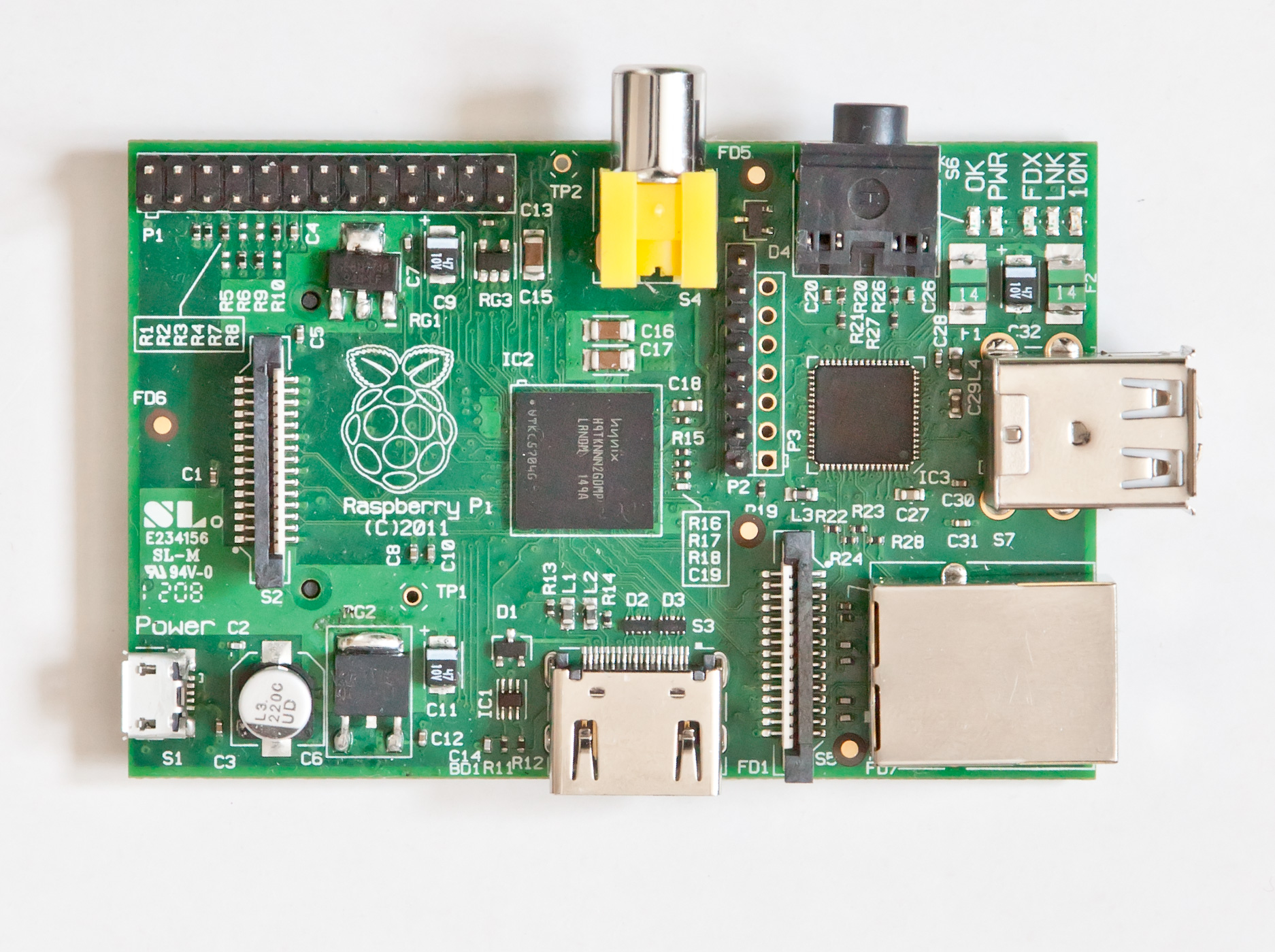Core aim of the week is to get a cube capable of locomotion. That said I have been thinking about the cube for the last few months and think that not only could this be a very useful device for researching models within Darwinian Neurodynamics (and others) but may also be an excellant educational 'toy'. For both these applications we need to have a robot that is both robust to continual use (unlike the previous version with bits falling off) and easy to store, move and assemble. To this end I spent time sourcing new parts that would stand up to the wear and tear but that required minimal tools to construct (i.e. 'build your own robot cube at home').
The image below shows the robot cube construction kit, injection moulded corners provide a smaller firmer 3 way conner, these are designed to fit 19mm flexible PVC pipe, which provides the movement and flex required, in addition being transparent it allows you to see what the syringes are doing.
One advantage of the new pieces was a radical reduction in weight, because of this a single syringe could be used along the cube edges without upsetting the dynamics. This saved the fiddly job of connecting the syringes together and made construction much easier. Conveniently the syringes and piston end fit perfectly into the PVC pipe and allow you to exactly set how far the syringes can extend and compress and make sure each edge is identical (note: pvc pipe cutters would be much better than the hobby knife for exact cuts). The process is now simply cutting 12 identical pieces for each edge.
Each edge is made of two pieces a small connector for the plunger end and a larger piece that covers the whole syringe allowing a gap at the end for the hose to escape and some flexibility. This edge then connects to a reciprocal syringe for the control cube.
The edges are built into squares and finally into the cube. All the parts are a simple push fit, strong enough to hold the cube together during use but loose enough to allow some flex when needed and to be taken apart just as easily.
The weight loss of the new version allowed the robot to be run on just air rather than the hydraulic water system used for SpongeBot. This makes construction much easier and less messy. The dynamics are however slower and less accurate than with the water but I don't think this should be a major problem for the Darwinian Neurodynamics project as we are looking at temporal predictors which will need to learn and adapt to this slow response. It may also be useful for the servos, previously if a single servo stuck or drew too much current the system would behave erratically trying to pull itself apart, with air there is enough give that the servos should not stall (in theory).
Putting the new cube through its paces, I am currently controlling the cube manually rather than through the control cube. Takes a while to juggle the syringes and can only control one edge at a time but did manage to record a full cube step. Took 3 mins to cover 4.5cm, but not bad for its first baby step. The dynamics of this little guy has given him the name StretchBot (son of SpongeBot).
Next stage is to get the control cube rigged up (will try to update the control cube as well this week). Will keep you posted and hopefully next video we'll be flying along.
Few pics:


























